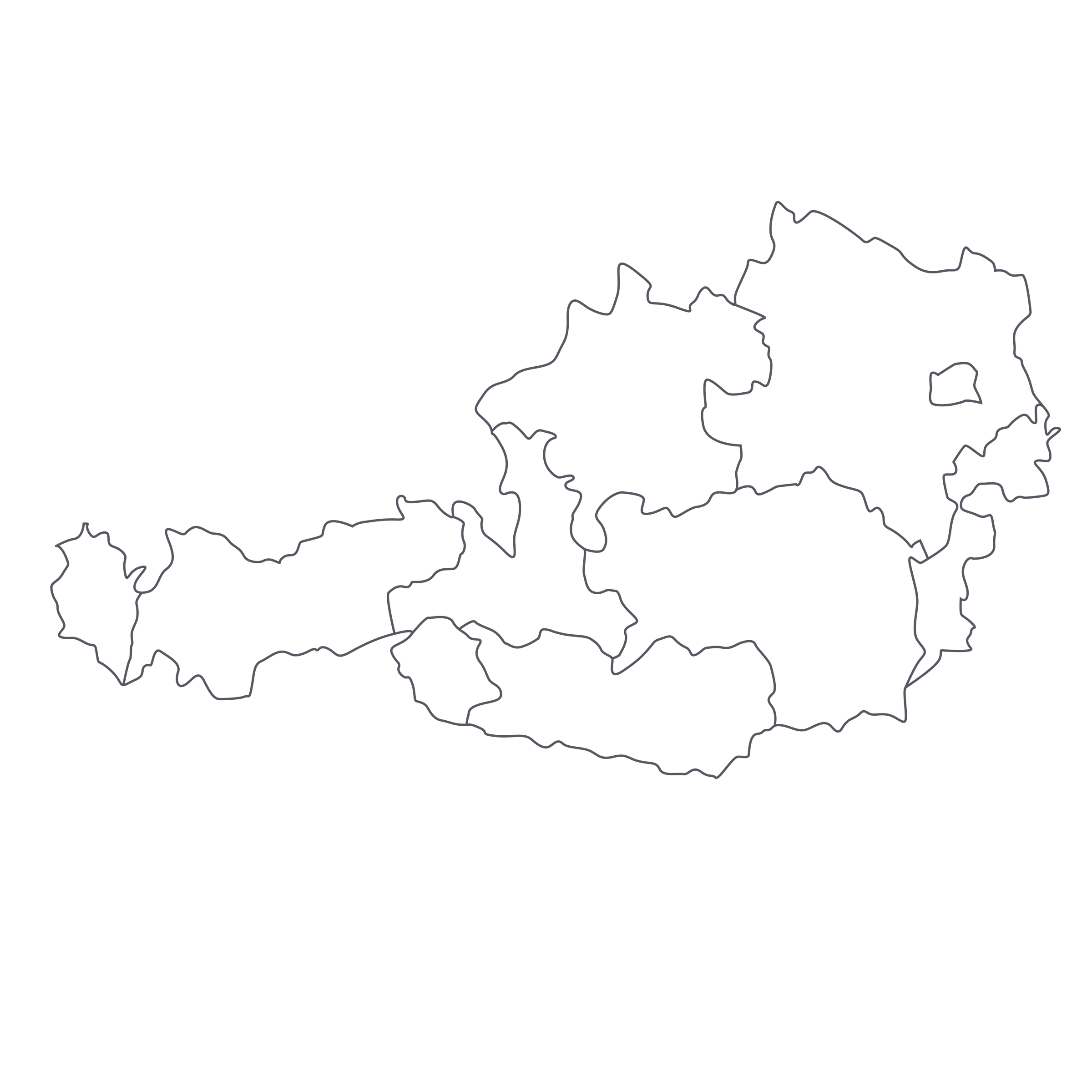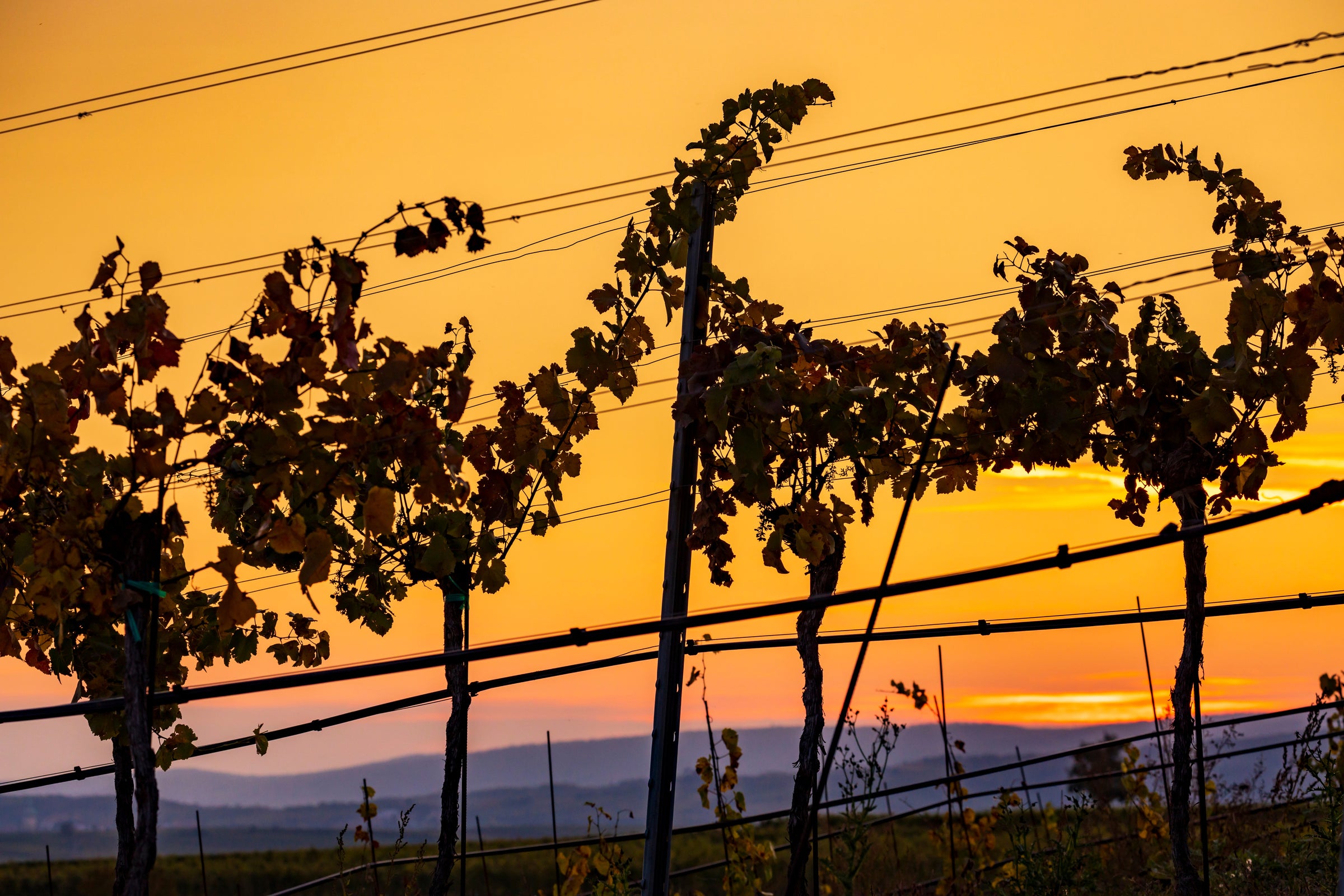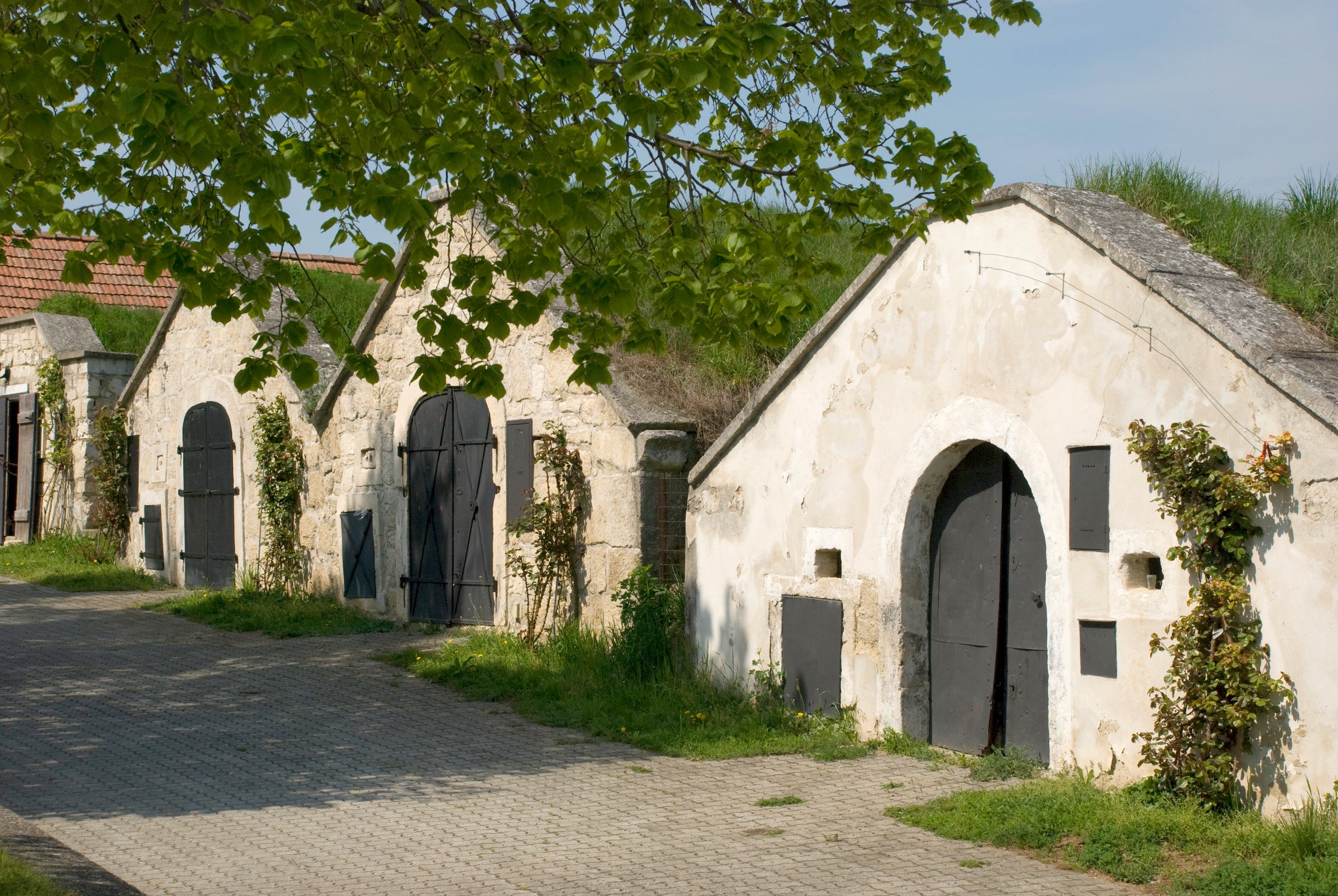This is not the first Blaufränkisch we’ve offered at SommSelect, nor will it be the last: This Austrian variety’s inimitable mix of dense black fruit and lip-smacking brightness keeps you coming back for more, especially this time of year.
To look at today’s wine in the glass, with its dark, inky color, you might be fooled into thinking you’ve got a behemoth on your hands. The aromas, too—lots of black plum, huckleberry, pomegranate—suggest heftiness. And then you sip the wine and it’s bright, lifted, gently tannic and floral on the finish. There’s serious minerality, but also tangy fruit. Such are the considerable charms of Blaufränkisch, and today’s wine, called “Samt & Seide” (“velvet and silk”) may well be the Gold Standard of the category. Sourced from Dorli Muhr’s family vineyards in Austria’s Carnuntum region and crafted by Muhr in partnership with Portuguese wine icon Dirk Niepoort, this wine is an exceptionally refined, aromatically complex take on a grape that often produces rather straightforward, fruity quaffers—not that there’s anything wrong with those, I’m just trying to put this one in proper context. The only thing simple about this dark and delicious red is its price, which can only be explained by the wine’s relative obscurity. There should be no hesitation here, however hard it may be to navigate this label: what lies within is well worth the effort.
The Carnuntum region stretches from Vienna in the west to the border with Slovakia in the east, encompassing a series of rolling hills south of the Danube. It is not as well-known as the Burgenland appellation a little ways south, but, like Burgenland, it’s a region known more for red wines than white—from grapes such as Blaufränkisch, Zweigelt, and Sankt Laurent. Carnuntum is described as a “continental” climate, with warm air coming from the Pannonian plain to the east; summers are hot and winters are cold, while soils include limestone and granite along with loam and loess (wind-blown silt). Dorli Muhr has become well-known for resuscitating her family’s vineyards at the base of the “little Carpathian” range, not far from where the Danube flows into Slovakia. Her 13 hectares of vines are situated on south-facing slopes within the Spitzerberg nature preserve, and include a predominance of old-vine Blaufränkisch.
Muhr and Niepoort created a very simple farmstead winery on the property and craft the wine in the simplest, most hands-on manner: grapes are hand-harvested and fermented on indigenous yeasts only; no sulfur is added during fermentation, which employs a slow, gentle maceration on the skins with no pump-overs; and aging is carried out in large, used Austrian oak casks, where the wines rest for a minimum of two years before release.
The emphasis on gentle extraction is reflected in the finished product, as its name suggests: the texture is silky and refined, with a terrific balance of deep, dark fruit and stony minerality. While many Blaufränkisch wines have some of the ‘bloodiness’ and edge of richer Cru Beaujolais or Loire Cabernet Franc, this one skews a little more Burgundian without losing its distinctive savor. In the glass, it’s a deep, shimmering ruby-black moving to garnet at the rim, with aromas of blackberry, pomegranate, huckleberry, brandy-soaked cherries, dark chocolate, paprika, and wet rose petals. There’s a lushness to the texture but it doesn’t stray past medium-bodied, with fine tannins and enough freshness to give the wine a pleasing tanginess. The magic of the wine is how it manages to be both supple and vivacious—tangy, yes, but not puckeringly so, and its balance should preserve it nicely over the next 5-7 years should you decide to cellar some. I, for one, won’t be waiting: After about 30 minutes in a decanter, this red is singing right now. Serve it in Burgundy stems at 60 degrees (or cooler) with some ribs or burgers from the grill—it may not seem like it to look at it, but this is ideal summer wine. Cheers!






